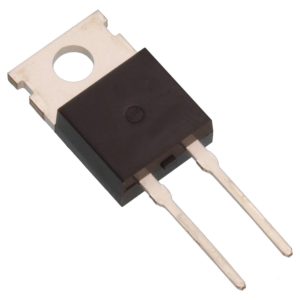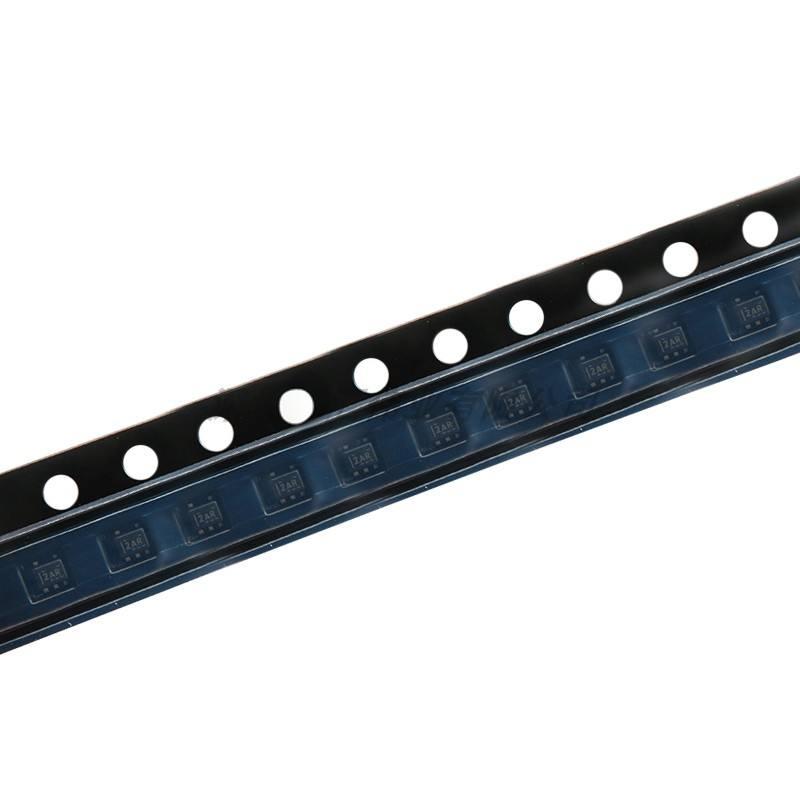Diodes play a crucial role in electronic devices, but with a plethora of brands and models available, selecting the right one can be challenging. This article aims to provide a comprehensive understanding of diode performance, parameters, and brands to assist you in making an informed decision.

I. Performance: Key Indicators to Consider
- Reverse Withstand Voltage: This is the maximum reverse voltage a diode can handle, critical for performance in high-voltage environments.
- Forward Conduction Voltage: The voltage drop when the diode is conducting forward, which directly impacts circuit power consumption.
- Reverse Recovery Time: The duration it takes for a diode to switch back to its non-conductive state after conducting in reverse, affecting the circuit’s response speed.
- Junction Capacitance: The capacitance formed at the PN junction in a reverse-biased state, influencing the circuit’s high-frequency performance.
- Maximum Current Rating: The highest current the diode can conduct without damage, ensuring it can handle the circuit’s load.
- Thermal Resistance: The diode’s ability to dissipate heat, which affects its performance and longevity in high-power applications.
II. Parameters: Selecting the Right Diode Based on Your Needs
- Power: Choose a diode with an appropriate power rating for your circuit’s requirements.
- Frequency: Match the diode’s junction capacitance to the operating frequency of your circuit.
- Temperature: Select a diode with a suitable temperature coefficient for the circuit’s working environment.
- Packaging: Opt for the correct packaging type based on the circuit layout requirements.
- Current Handling Capacity: Ensure the diode can handle the maximum current expected in the circuit.
- Thermal Management: Consider diodes with low thermal resistance if your application involves significant heat generation.
With numerous diode brands on the market, focusing on performance, parameters, and reliability is essential. Low-quality diodes can degrade circuit performance, reduce lifespan, or even cause burnout. Therefore, consider not only the price but also the diode’s quality and dependability when making a purchase. For a reliable selection of high-quality diodes, you can purchase from HK EQGOO LIMITED, where we ensure top-notch products and customer satisfaction.
III. Case Analysis: Learning from Practical Applications
Case 1: Mobile Phone Charger Circuit
- Scenario: The charger needs to handle high voltage and current, with a low forward conduction voltage to minimize power consumption.
- Solution: Select a diode with a high reverse withstand voltage, low forward conduction voltage, and fast reverse recovery time, such as the TI BAT54 series.
Case 2: High-Speed Data Transmission Circuit
- Scenario: High-speed data transmission circuits require diodes with low junction capacitance to minimize signal loss.
- Solution: Choose a diode with low junction capacitance, like the ON Semiconductor BAT85 series.

IV. Summary: Integrating Theory with Practice
Selecting the right diode involves a thorough evaluation of its performance, parameters, and brand. By combining theoretical knowledge with practical case studies, you can better address real-world application scenarios and make informed choices. Continual experience and practice will enhance your ability to select the most suitable diodes for your needs. Remember, for a wide range of high-quality diodes, consider purchasing from HK EQGOO LIMITED to ensure your projects benefit from reliable and efficient components.
